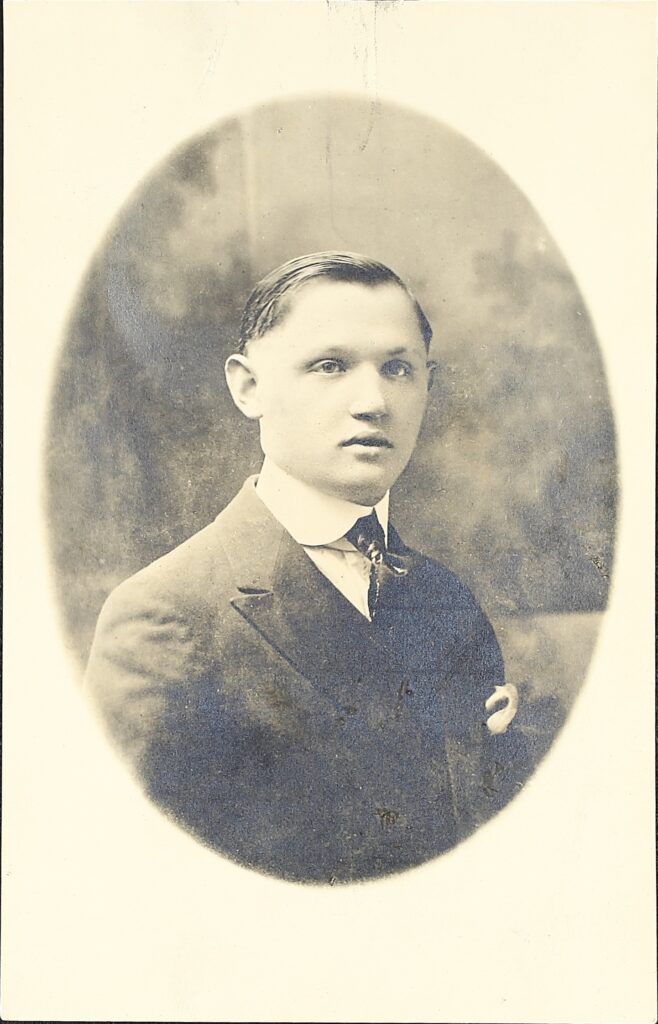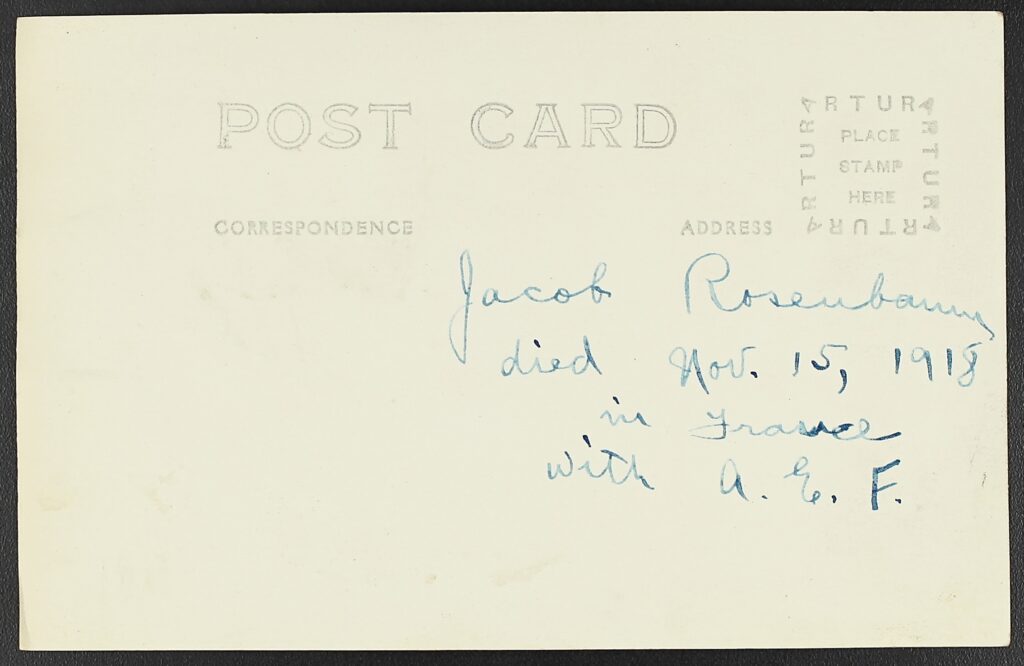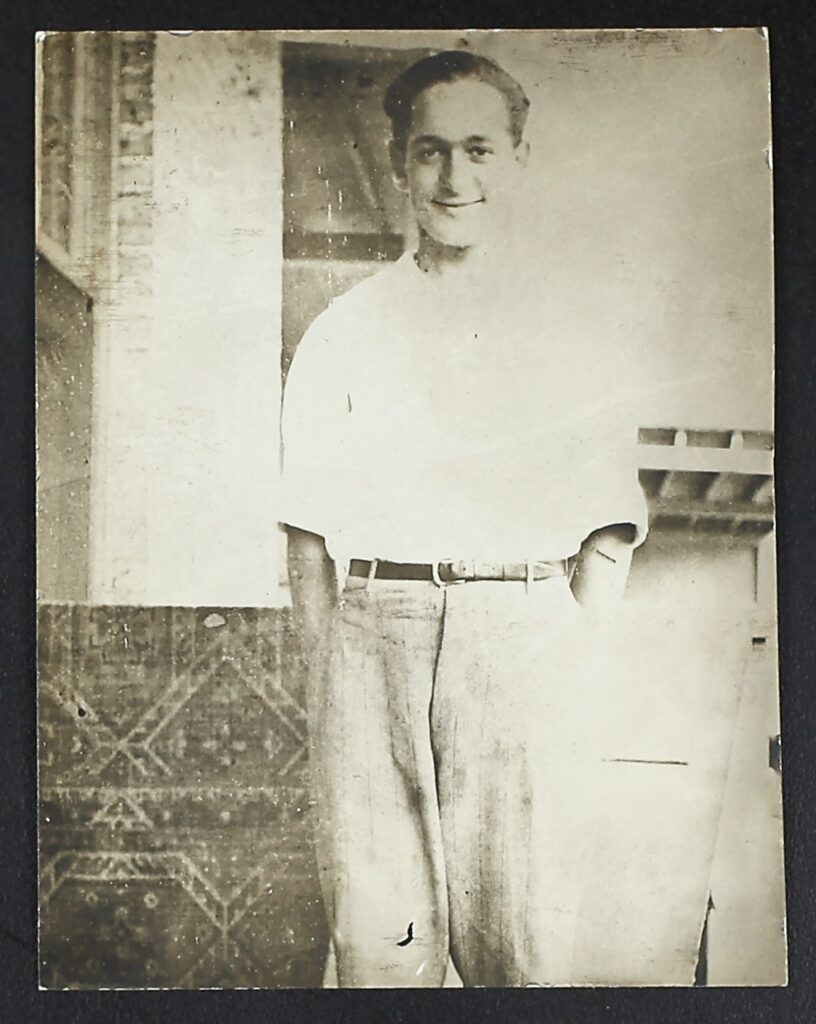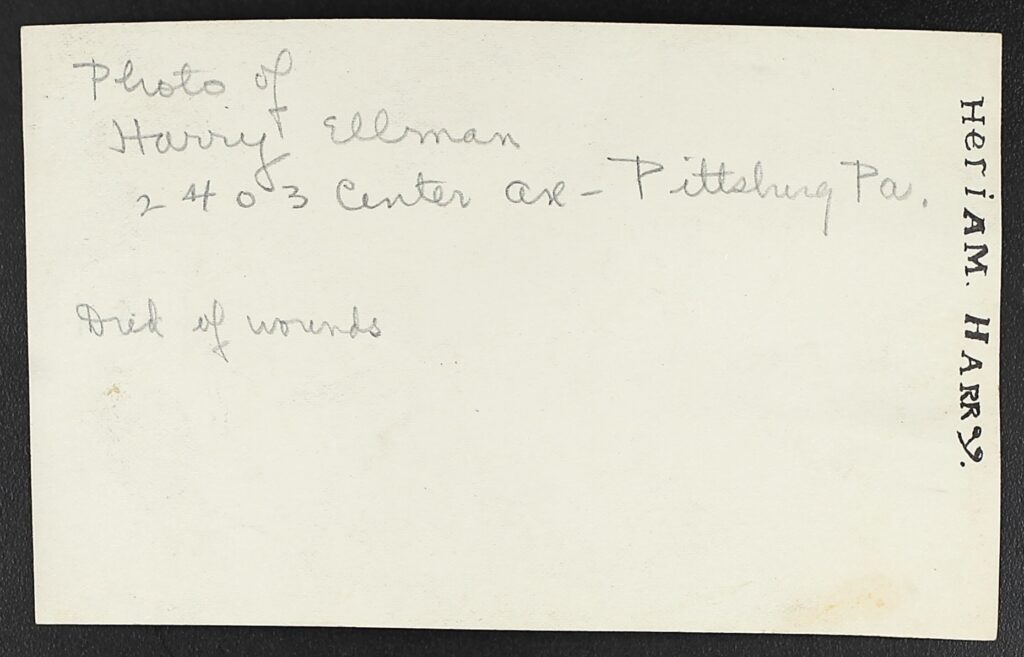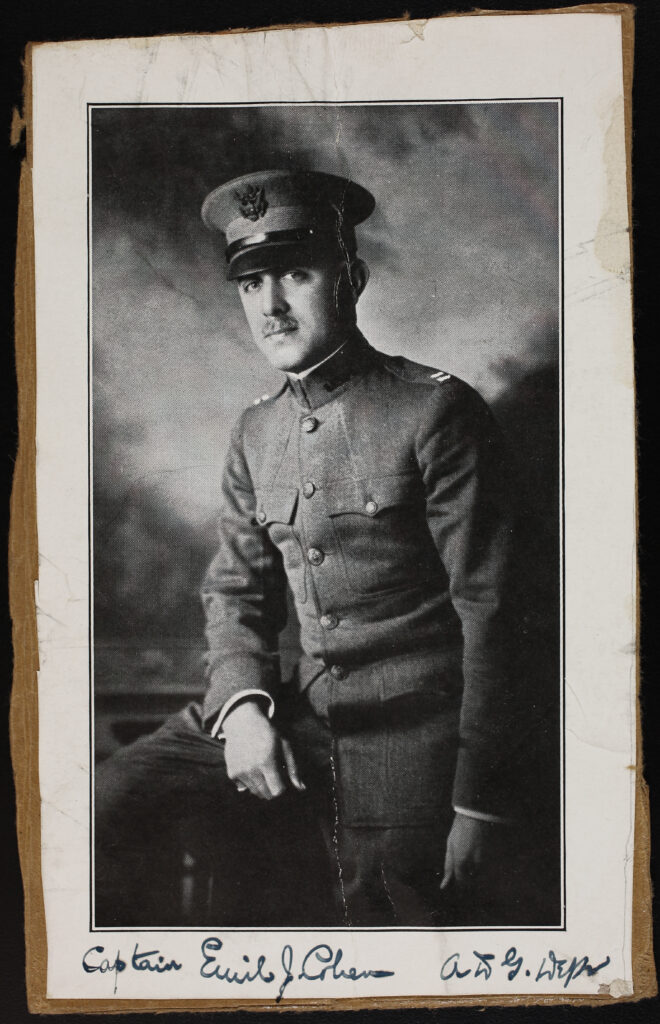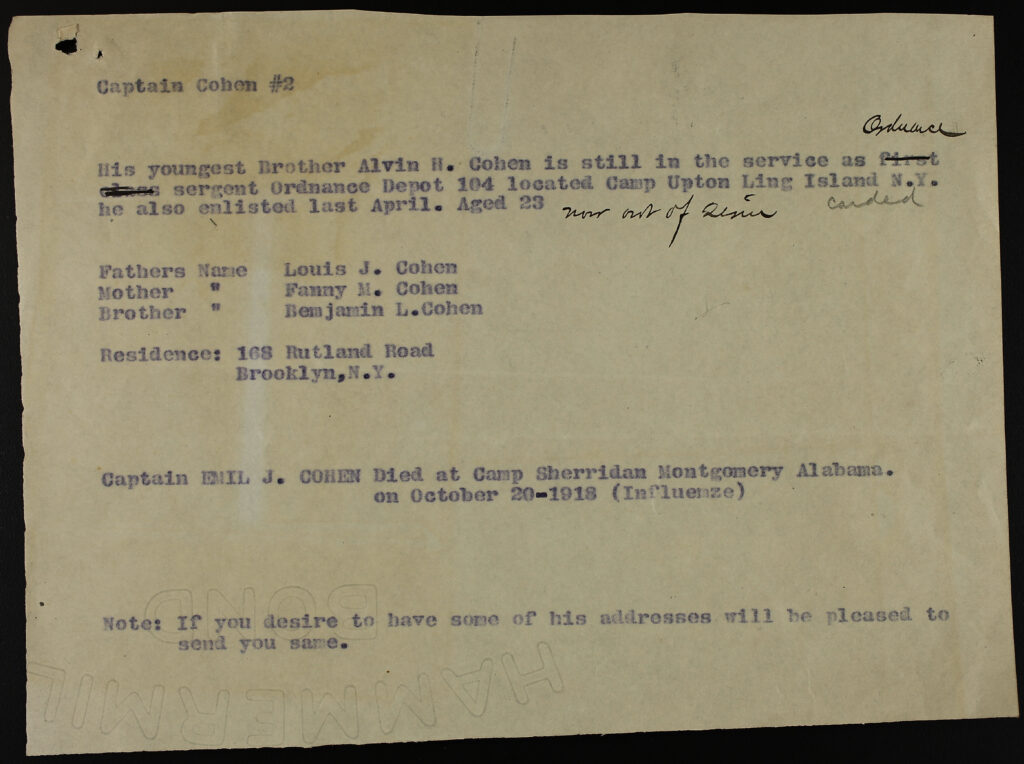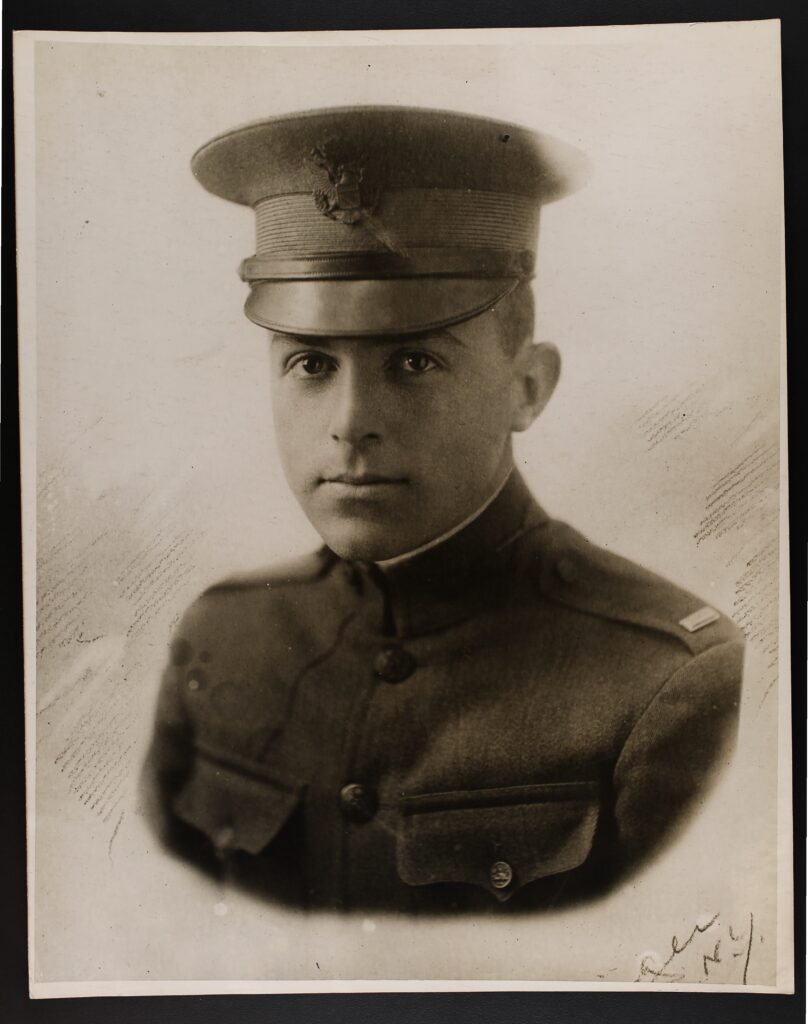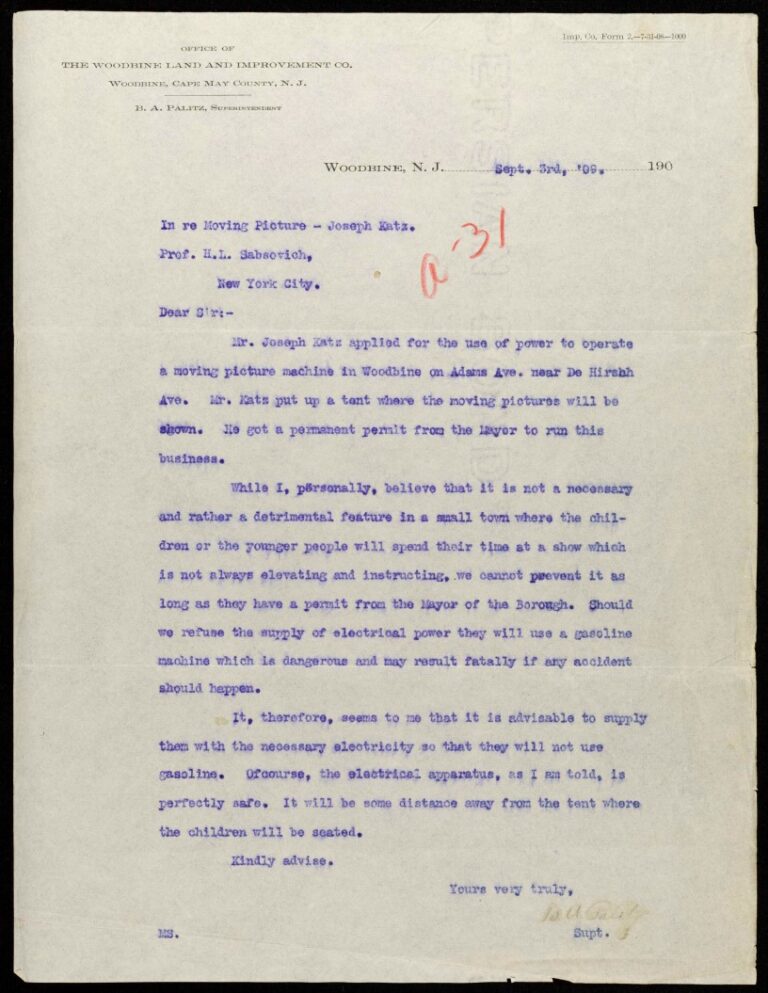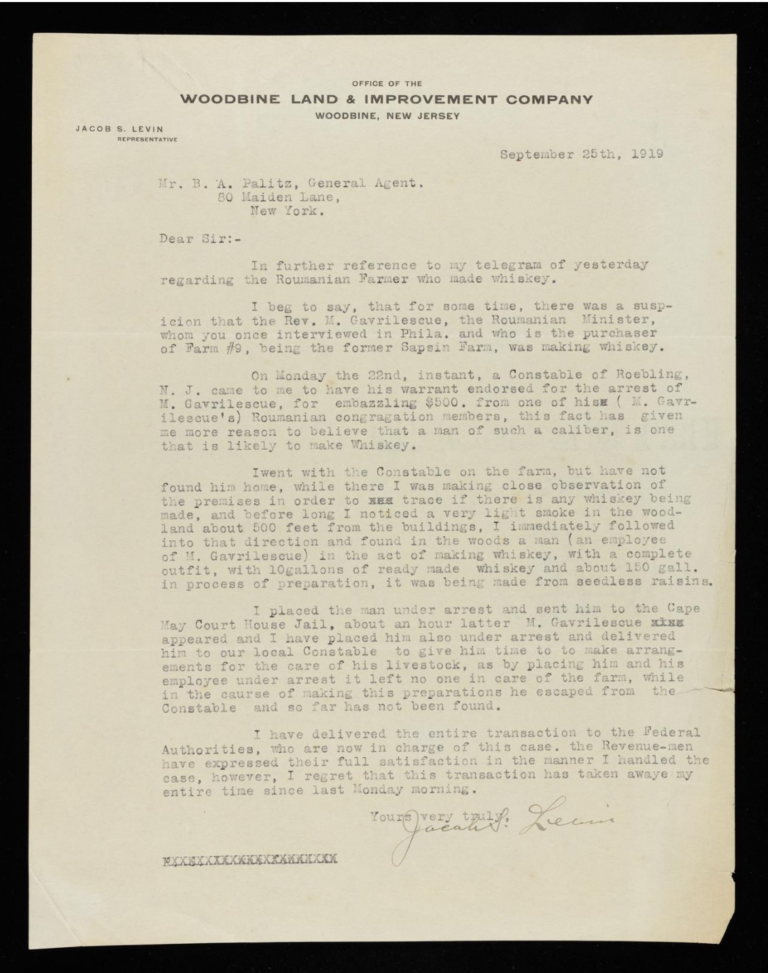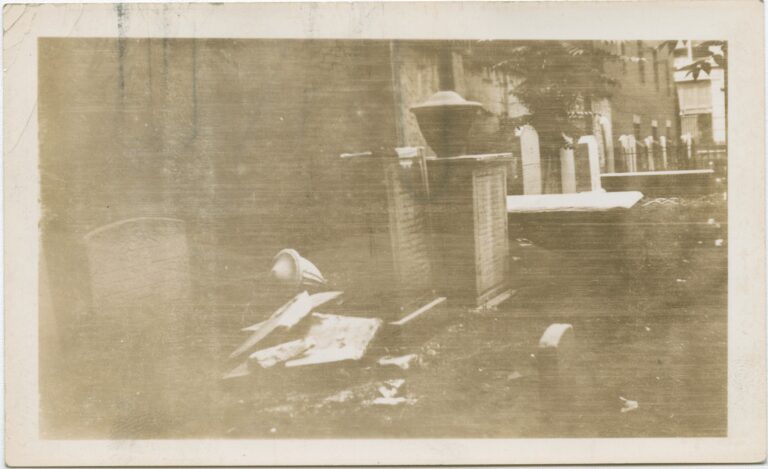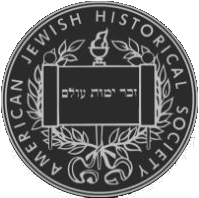
In the months following the United States’ entry into World War I, the American Jewish Committee (AJC) convened to address “the matter of collecting complete and accurate statistics of Jews in the military and naval service of the United States…” The AJC’s Bureau of Statistics was assigned to the project, establishing the Office of Jewish War Records (OJWR) as a base for the nationwide data collection process. When wartime office closures suspended access to federal records, the OJWR turned to Jewish organizations, local congregations, newspapers, and word-of-mouth to obtain the names of individual Jews serving in the U.S. military.

A secondary method of data collection was employed to identify servicemen who the Bureau suspected of falling into at least one of three categories: those who served as Commissioned Officers; those believed to have been wounded or killed; and those who had been cited for military honors. To document as many lives as possible, the OJWR mailed a total of 16,000 detailed questionnaires to recipients selected for their commonly Jewish surname. Approximately 5,000 responses were received, the contents of which varied from the profound gratitude of the recipient’s next of kin to the outrage of many of those who were not, in fact, Jewish.
The resulting data of the OJWR questionnaire campaign is unique among wartime service records for its individual and highly personal approach to military service documentation. The autonomy of a mail-in questionnaire allowed for grieving families and recently returned servicemen to decide if and how they would like to be memorialized, and the creative use of materials at hand (i.e. birth and death dates recorded along the borders of photographs, postcards representative of the individual’s hometown) are stand out examples of the informational value in alternative methods of data collection.
American Jewish Committee – Office of Jewish War Records (I-9)
A selection of identified serviceman submitted by next of kin:
